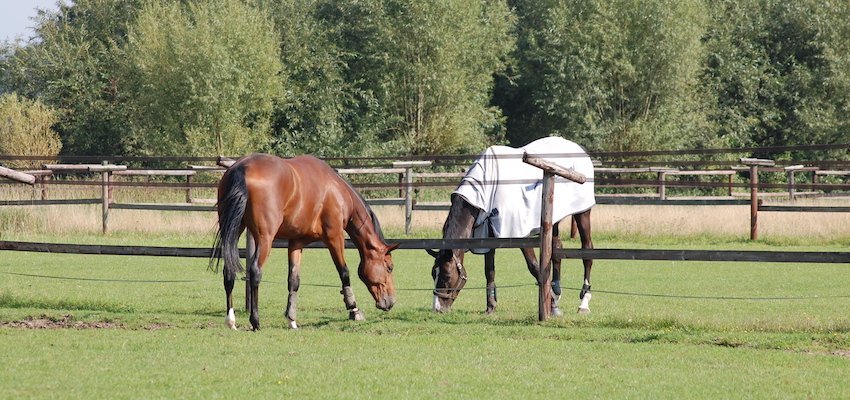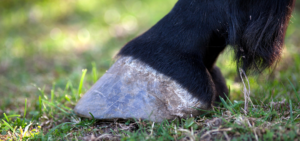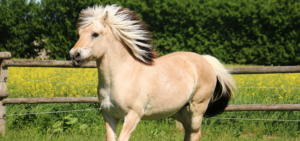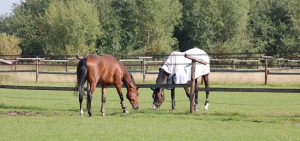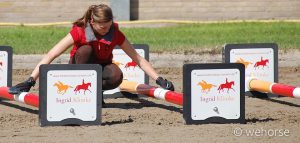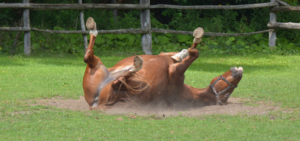Driving through any winter countryside, it is not uncommon to see many horses having been turned out, and now clad in a variety of colorful blankets. But why is it that horses actually wear blankets, and is the act of turning out horses in the winter without a blanket an act of neglect, or is it the owner’s choice as to whether or not to fit their horses with this winter attire? This horse blanket guide serves to answer this question and many more, offering a comprehensive understanding of the role of the modern-day horse blanket, as well as its many forms and uses around the world.
Summary
- Should I Blanket my Horse?
- Where Did the Horse Blanket Come From?
- The Modern Blanket
- To Blanket, or not to Blanket?
- What Type of Blanket is Right for my Horse?
- How do I Know if a Blanket will fit my Horse?
- What Type of Blanket to Purchase
- If You’re Gonna Do Something, Do it Right
Should I Blanket my Horse?
With the holidays approaching, many horses have been put to pasture, but only some of them have been outfitted with blankets. The question many horse owners now find themselves facing is whether or not to blanket their horses. Although the answer to this question may not be simple, the question itself is an important one to ask. Perhaps it is useful to begin by examining the historical role of the horse blanket in understanding its modern-day use.
Where Did the Horse Blanket Come From?
The practice of horse blanketing has been around for many, many years, with evidence of humans having covered their horses with animal pelts and other protective materials dating back hundreds of years. The first cut-to-fit horse blankets were manufactured in the year 1857 by the well-known and somewhat pioneering Troy Woolen Mills in the city of Troy, New Hampshire. Conceptually designed to help protect the carriage work horses in the larger cities, these blankets more often than not found themselves resting on the back of the recreational riding horses of upper-class Americans than city dray horses.
Subsequently, animal rights activists pushed until a bill was drafted, ordering that all horses be afforded a blanket during the cold winter months, philosophically endeavoring to protect the rights and well-being of all members of the species. Carriage companies and owners of work and recreational horses alike all found themselves purchasing blankets for their horses in an effort to avoid the steep fines and other legal ramifications sought by legal authorities who found any of their animals without blankets.
Unfortunately, these types of blankets were relatively crude and often did more harm than good, preventing horses from naturally sweating, drying, and cooling off after a long day of work, preventing coats from naturally growing in length to develop the animal’s natural insulation during colder seasons, and generally rubbing and sliding on the horse’s backs, resulting in wounds, sores and abrasions that often turned into even more dangerous injuries.
The Modern Blanket
Fortunately, research and modern-day horsemanship practices have truly worked to shed light on the appropriate role and function of the horse blanket, affording people a far greater insight into effective practices and equine health in general. Today’s practices being far more humane, and far more geared towards the health and happiness of the horse itself. But that still leaves the question; should I blanket my horse?
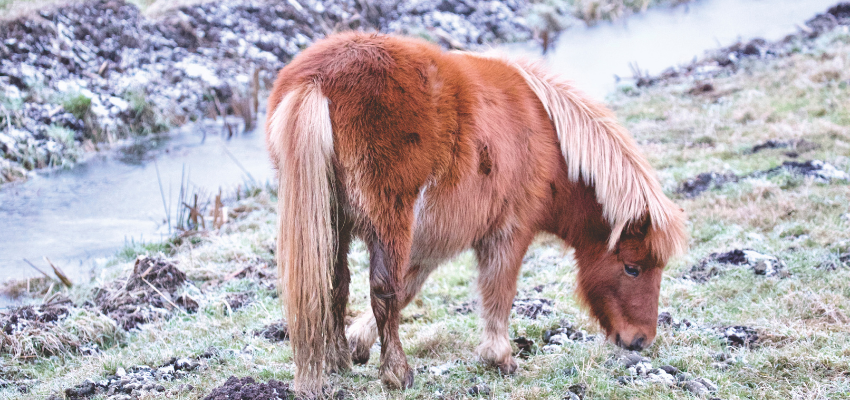
To Blanket, or not to Blanket?
Believe it or not, most horses possess the ability to withstand even the harshest of winter temperatures without any blanket at all. This is due to their ability to grow a long winter coat, one that is capable of providing an extra layer of insulation, protecting the animal’s internal heat and temperature. There are, however, a few situations that would merit horse owners providing horses a specialized blanket to protect them from the colder winter months. These would include:
- Geriatric horses
- Horses that are ill
- Underweight horses
- Extremely young horses
- Show Horses
- Horses that have been relocated
What Type of Blanket is Right for my Horse?
Shopping for a blanket can be a lot of fun, but it is imperative that you do your homework before searching for the perfect blanket for your horse. Horse blankets come in a variety of styles, sizes, colors, and materials, all of which are manufactured based upon horses’ unique sizes and individual needs. Fit, of course, is the most important factor to consider when purchasing these blankets.
How do I Know if a Blanket will fit my Horse?
Few, if any, factors are more important than fit when it comes to purchasing your horse’s new blanket. If a blanket is too small, your horse will be unable to wear it, or if forces on, if could cause sores and discomfort that could rapidly pose additional dangers to your animal.
If too large, the blanket could drag on the ground, snagging or tearing and accumulating excessive dirt and bacteria during exposure to the ground. Blankets that are too large can also more easily snag on gates, fences, wire, or other environmental obstructions that could result in your horse getting stuck on an item within their environment, resulting in unnecessary trauma or injury.
Gauging your Blanket: Finding the Perfect Fit
To effectively fit your horse for a blanket, it is best you collect your horse’s respective measurements prior to even beginning to shop. To accomplish this, all you will need is a writing utensil, paper or cell phone to document your measurements, and a soft tape measure (these are easily found at a local tack shop or craft store as a cloth seamstress tape measure works perfectly fine.
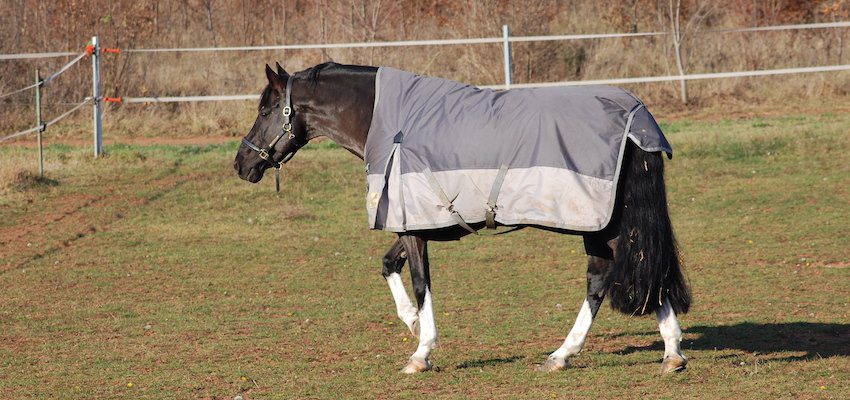
Finding Your Horse’s Size
Before collecting any measurements, secure your horse to a safe, designated area using a safety-release knot and his lead rope. Be sure to select a location that is well-lit, as well as a location that has level ground to ensure the accuracy of your measurements.
Another consideration you will need to determine is where you would like your horse’s blanket to end. Some people like the blanket to end just short of their horse’s tail, whereas others like the blanket to fully cover their horse’s rear end, especially if their horse is turned out. As a result, you will need to make this decision prior to measuring for length, as it will influence the overall size.
To measure your horse, make sure he is standing on level ground and begin by placing your tape measure on his chest; you will need to place it on the area where the base of his neck meets the chest itself. It is very useful to ask someone to help you, as it is nearly impossible to hold the tape measure at the front of your horse while measuring all the way to his rear.
While your helper is holding the starting point of the instrument, measure from the center of your horse’s chest over the shoulder, all the way down the length of his body to the roundest, furthest point of his rear. This number, measured in inches, is your horse’s blanket size number.
What Type of Blanket to Purchase
Now that you have measured your horse and know the length or size blanket you will need to purchase; you must consider the type of blanket that best suits his needs. Horse blankets come in a vast array of styles and materials, so it will be up to you to determine which type will benefit your horse the most.
The Turnout Blanket
The Turnout Blanket is designed for horses that are most frequently boarded or stabled who need extra protection during times spent outside in the elements. These blankets work to protect horses from colder temperatures as well as snow, hail, or rain, or other outdoor conditions that would warrant additional protection. They are durable, and usually made of nylon and allow for flexibility and movement while your horse is outdoors. These blankets come in a variety of weights, so be sure to select one that is appropriate for your horse’s size.
The Stable Blanket
The Stable Blanket is designed to be used indoors, either while the horse is being stabled or during the transport process. These blankets are usually soft and thick, though also usually made of cotton or wool and are not waterproof. Their primary purpose is to keep your horse warm and dry and the thick, quilted material offers less flexibility and give than that of the turnout blanket.
If You’re Gonna Do Something, Do it Right
Horse blankets are worn for extended periods of time, so a properly fitted blanket is essential to provide for your horse’s comfort, warmth, and overall well-being.

